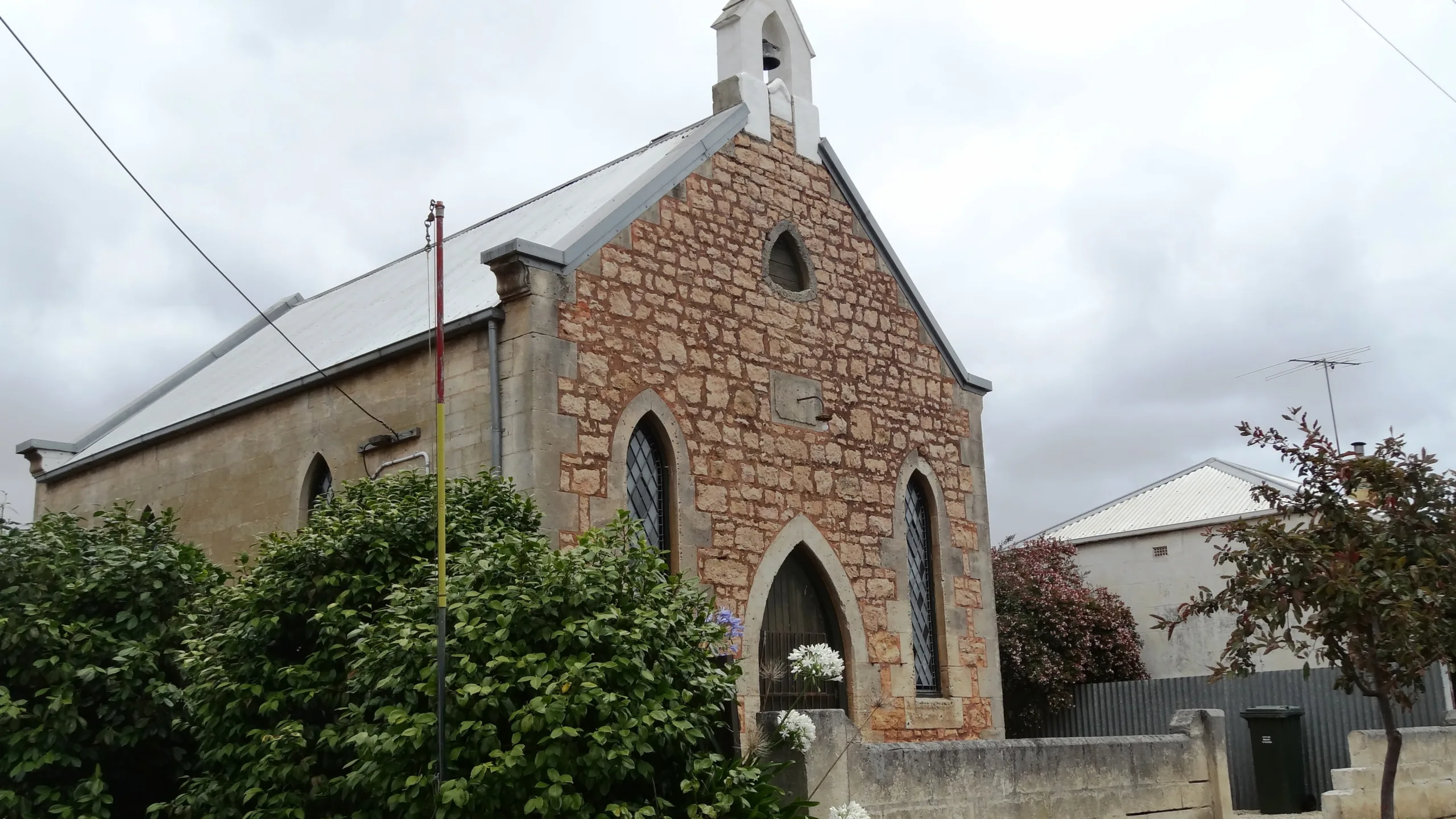A historic Mount Gambier chapel is set to return to its religious roots, after the Limestone Coast Southern Regional Assessment Panel (LCSRAP) granted planning consent for the Greek Orthodox Archdiocese of Australia (GOAA) to transform the former Rosaville Methodist Church into a parish for the local Orthodox community.
Decision confirmed
At its meeting on August 21, the Panel resolved to approve a development application lodged by the GOAA Consolidated Trust – Holy Diocese of Adelaide.
The decision allows the 19th-century heritage-listed church on Herbert Street to be formally repurposed as a place of worship, subject to a range of conditions designed to balance community needs with heritage conservation.
The approval sets out specific operating hours, with regular services permitted on Saturdays and Sundays from 8am to 2pm. Extended services will be allowed during Holy Week, including late-night liturgy until 1am on Holy Saturday, while the parish feast day has been allocated a two-hour service window from 5pm to 7pm.
To address community concerns, the Panel also required that all chanting, bell ringing, and sound emissions comply with the Environment Protection (Commercial and Industrial Noise) Policy 2023. Further, the building and its surrounds must be maintained in a tidy, sanitary condition, and operations must not cause nuisance or disturbance to neighbouring residents.
Heritage and Community Significance
Built in 1869 by the Primitive Methodists, the chapel has long stood as a local landmark. While it was once earmarked for use as an Airbnb, years of neglect and vandalism left the site in disrepair.
The Archdiocese now plans to restore it as a formal parish base for around 30 Orthodox families in Mount Gambier.
Until now, services have been held intermittently at the local Hellenic Hall, while Anglican Christ Church on Bay Road has hosted Orthodox baptisms, weddings, and funerals since the 1960s. His Grace Bishop Silouan of Adelaide has also travelled annually to celebrate liturgy with the community, underscoring the pastoral need for a permanent spiritual home.

Conditions and Concerns
The development faced scrutiny during the public notification process, with four objections lodged. Concerns centred on traffic congestion, noise levels, and the lack of off-street parking.
The site itself provides no dedicated parking, and the parish will need to rely on surrounding street spaces, raising fears about overflow during peak times. On average, around 20 to 30 worshippers are expected to attend regular services, which could mean an additional seven to ten cars parked along Herbert Street.
Despite these objections, the Panel concluded that the proposal was not seriously at variance with the Planning and Design Code. Members noted that the small scale of the development, together with the safeguards imposed through conditions, meant the character and amenity of the area would not be detrimentally affected.
Importantly, the adaptive reuse of the site was seen as consistent with heritage principles, ensuring that the former chapel could continue to serve a communal and spiritual function.
Next Steps
The former church building includes a 50-square-metre chapel space, which will host regular services, and a 30-square-metre utility room, intended for use after services for casual gatherings, committee meetings, and Bible study. A small mezzanine level will be used by the priest for writing and storage.
There will be upgrades to the toilet facilities to meet accessibility standards, the installation of a new kitchen bench in the utility room for light food preparation, and the construction of a wheelchair-accessible ramp at the entrance.
The Archdiocese has committed to carrying out a program of urgent repairs, including rewiring, plumbing, ventilation upgrades, floorboard and window restoration, and stabilisation of the western wall.
These works will be scheduled according to urgency, funding availability, and the engagement of qualified tradespeople.

